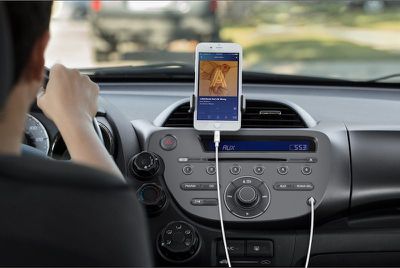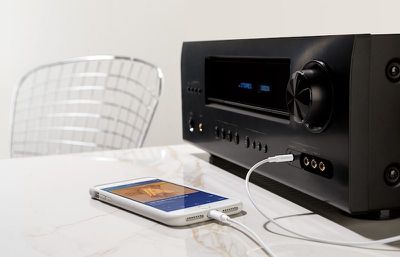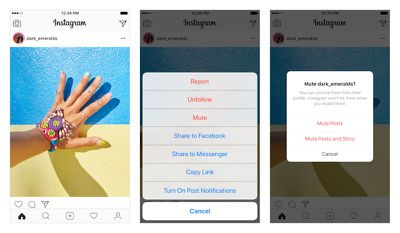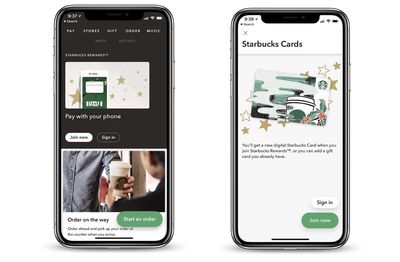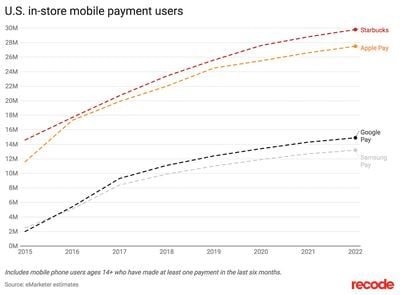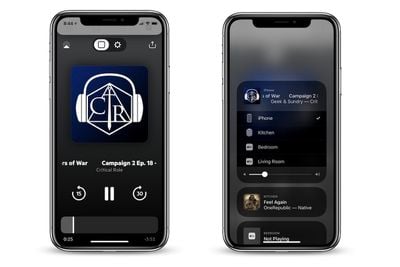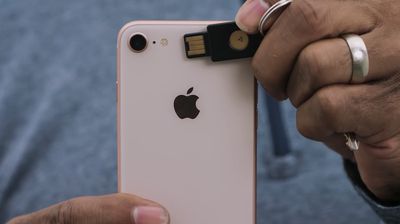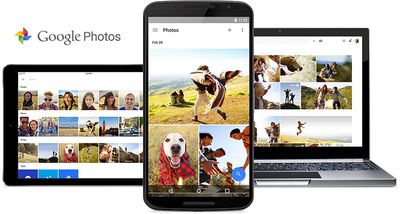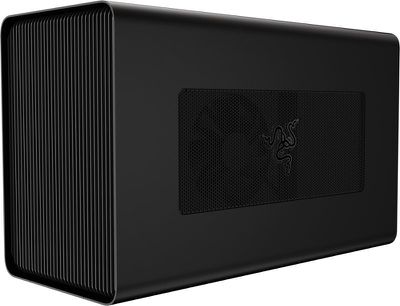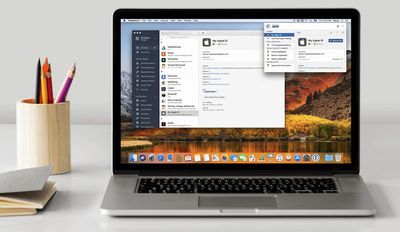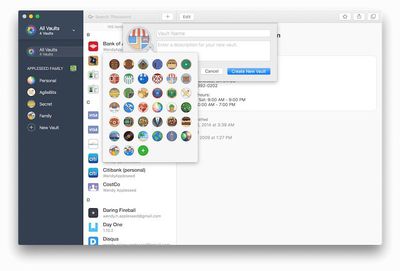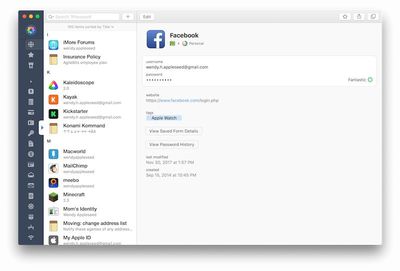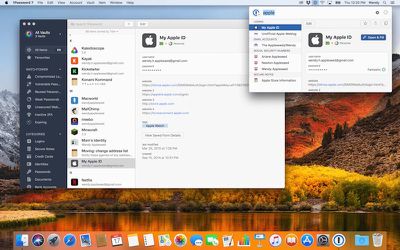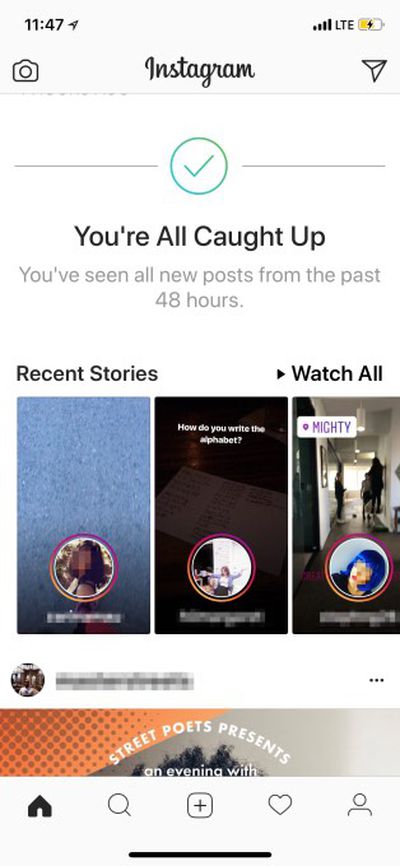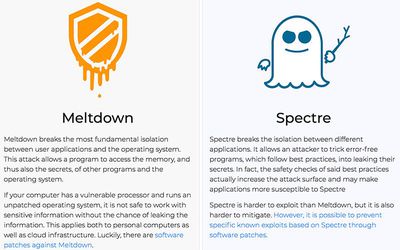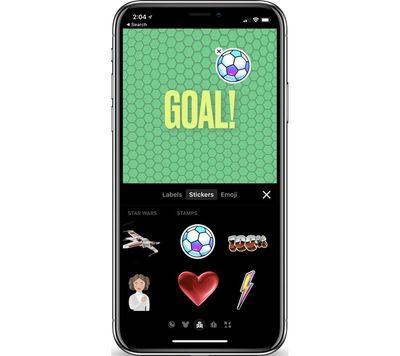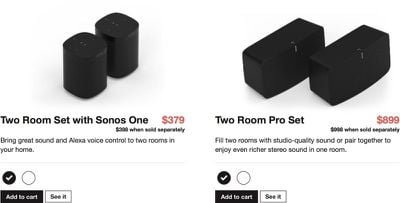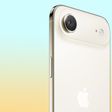eBay shoppers this week have the chance to save 15 percent off their purchases thanks to the online marketplace's new Memorial Day coupon. While the coupon is limited to certain sellers, it provides savings on select top brands like Apple, DJI, Dyson, and more.
Similar to some previous eBay coupons, the discount applies to the purchase price (excluding shipping, handling, and taxes) of an order priced at $50 or more, and the code can only be used once within a single transaction. Likewise, the discount will be capped at a value of $50, so any cart that totals around $330 will gain the full $50 discount. Note that the coupon expires Friday, May 25 at 11:59 p.m. PT.
 Note: MacRumors is an affiliate partner with these vendors. When you click a link and make a purchase, we may receive a small payment, which helps us keep the site running.
Note: MacRumors is an affiliate partner with these vendors. When you click a link and make a purchase, we may receive a small payment, which helps us keep the site running.
Unlike past codes the Memorial Day coupon is more limited, with a list of specific sellers that are partaking in the event. There are still plenty of notable shops to browse through, including AnkerDirect, Daily Steals, Overstock, Tech Rabbit, and many more. For the full list, visit this page and scroll all the way to the bottom, or you can delve straight into the electronics sale items compatible with the coupon.
Over on Amazon, Apple accessory makers Anker and Koogeek have a few discount codes for products going on through the end of May. The items range from Anker's dependable battery packs and USB cables, to a collection of Koogeek's low-price HomeKit products. Check out the full list below:
Anker (Need Codes)
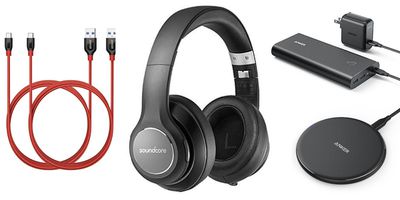
-
PowerPort 5W Qi-Certified Wireless Charger - $12.99 with code ANKER258, down from $19.99 (exp. 5/28)
-
Powerline II USB C to C Cable 3ft - $6.99 with code ANKERPD8, down from $9.99 (exp. 6/1)
-
PowerCore+ 26,800 mAh with Power Delivery Charger - $79.99 with code ANKERPD3, down from $119.99 (exp. 6/1)
Anker (Don't Need Codes)
-
eufy by Anker BodySense Smart Scale - $34.99, down from $45.99 (exp. 5/24)
-
Powerline+ USB C to A 3.0 Cable 6ft (Red, Grey) - $8.99, down from $13.99 (exp. 5/28)
-
Soundcore Vortex Bluetooth Over-Ear Headphones - $49.99, down from $69.99 (exp. 5/31)
-
Powerline+ USB C to A 3.0 Cable 6ft (Red and Grey, 2-pack) - $17.59, down from $21.99 (exp. 6/1)
Koogeek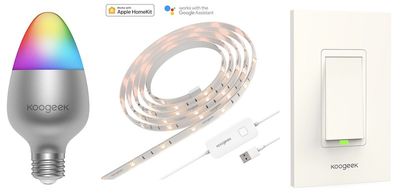
-
Koogeek WiFi Smart LED Light Bulb - $18.99 with code C2Z69Y6K, down from $32.99 (exp. 5/25)
-
Koogeek Dimmable Smart LED Light Strip - $32.75 with code LMPPC4NJ, down from $38.99 (exp. 5/25)
-
Koogeek Smart WiFi Light Switch for Apple HomeKit - $32.99 with code JAUXYFD6, down from $43.99 (exp. 5/31)
For any MacRumors exclusive codes, be sure to visit our blog posts regarding Anker and RavPower sales. Otherwise, be sure to head to our full Deals Roundup for other sales and offers happening this week, including MacBook and iPhone trade-in bonuses at Gazelle.



